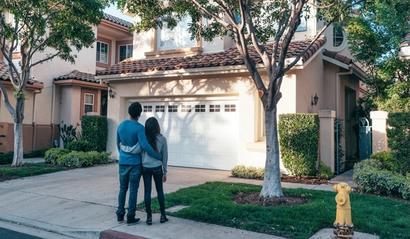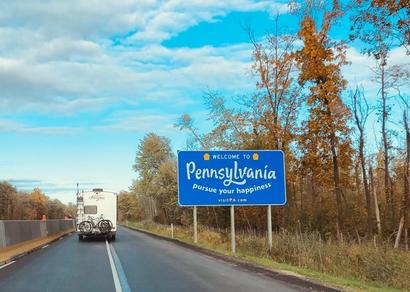Down Payments
There is more to down payments than determining how much money you have in your savings account to put toward a house. Learn about down payment assistance programs and how the type of loan can impact the amount of upfront cash you need.

Breaking Barriers: Accessing Down Payment Assistance Programs for First-Time Homebuyers
The down payment amount you need may be more accessible than you think with the help of local government initiatives aimed at encouraging homeownership.

What Is an Earnest Money Deposit?
In order to lock in your home purchase agreement, you will have to put down some cash up front; here’s a look at how much you may have to shell out.

Pennsylvania First-Time Homebuyer Grants & Assistance Programs
Pennsylvania residents can access financial assistance with downpayment and closing costs through multiple government, lending and non-profit programs.
What Is an Earnest Money Deposit?
In order to lock in your home purchase agreement, you will have to put down some cash up front; here’s a look at how much you may have to shell out.
Pennsylvania First-Time Homebuyer Grants & Assistance Programs
Pennsylvania residents can access financial assistance with downpayment and closing costs through multiple government, lending and non-profit programs.
Massachusetts First-Time Home Buyer Grants & Assistance
Did you know that Massachusetts homebuyers have access to statewide and local down payment assistance?
Illinois First-Time Home Buyer Grants Guide
There are multiple statewide and local assistance programs in Illinois to help homebuyers buy their first home.
Texas: Down Payment Assistance Programs
Texas has multiple statewide, local, and employee-focused down payment assistance programs for eligible first-time homebuyers and other types of borrowers.
VA Funding Fees: What Are They and How Much Do They Cost?
VA funding fees are one-time fees paid either at the closing of a VA loan or are included in the loan amount.
19 First-Time Home Buyer Programs for Florida Residents
Eligible Florida homebuyers have access to statewide, local, and even employer-sponsored down payment assistance. Find out if you make the cut.
Your Down Payment Explained
What exactly is a down payment, and how much do I need to save? We address these questions and more right here.
Are you a North Carolina First-Time Homebuyer? Discover Grants and Assistance Programs That Can Help
Did you know that North Carolina homebuyers have access to statewide, local, and even employer-sponsored down payment assistance?
Breaking Barriers: Accessing Down Payment Assistance Programs for First-Time Homebuyers
The down payment amount you need may be more accessible than you think with the help of local government initiatives aimed at encouraging homeownership.